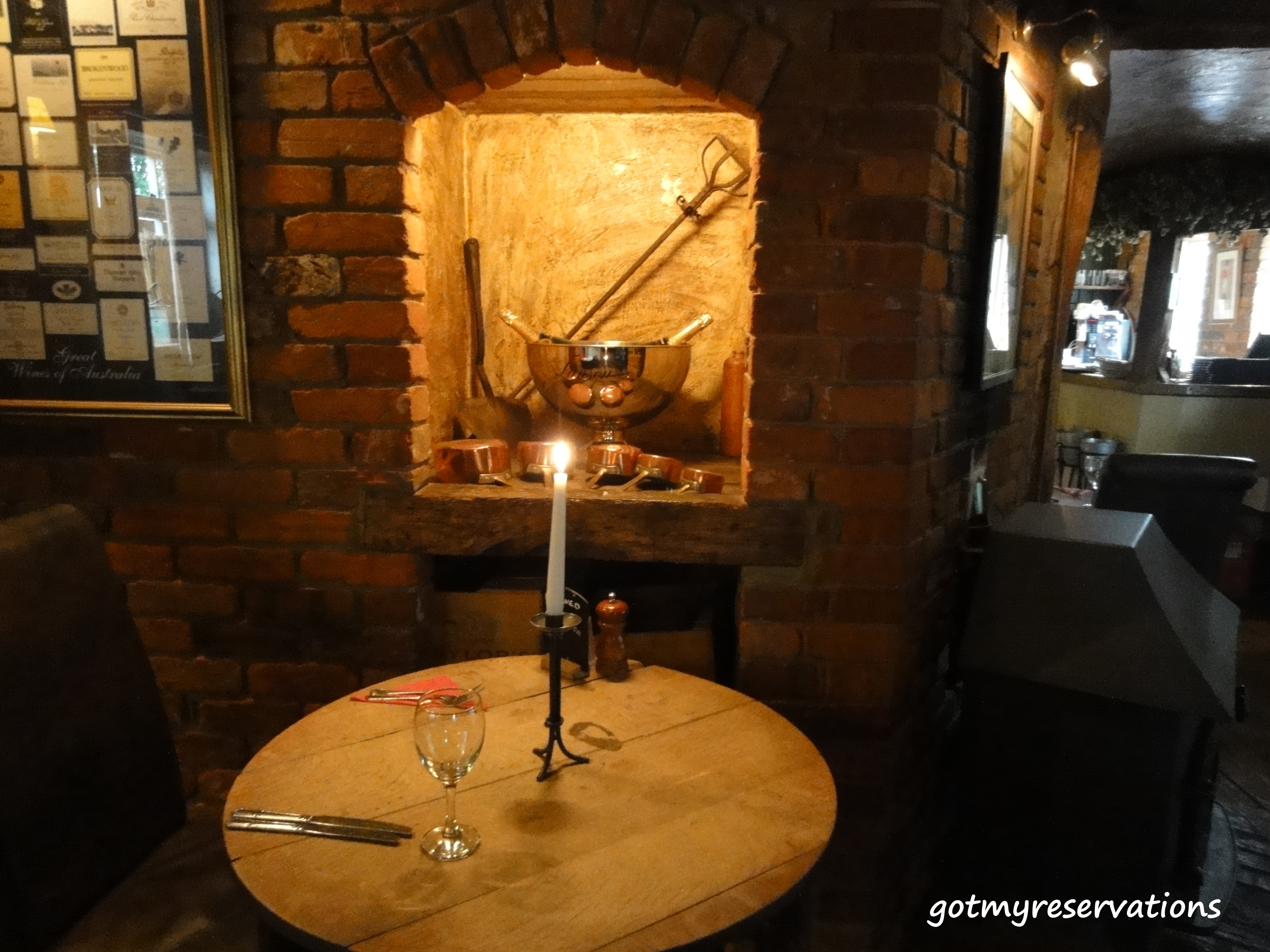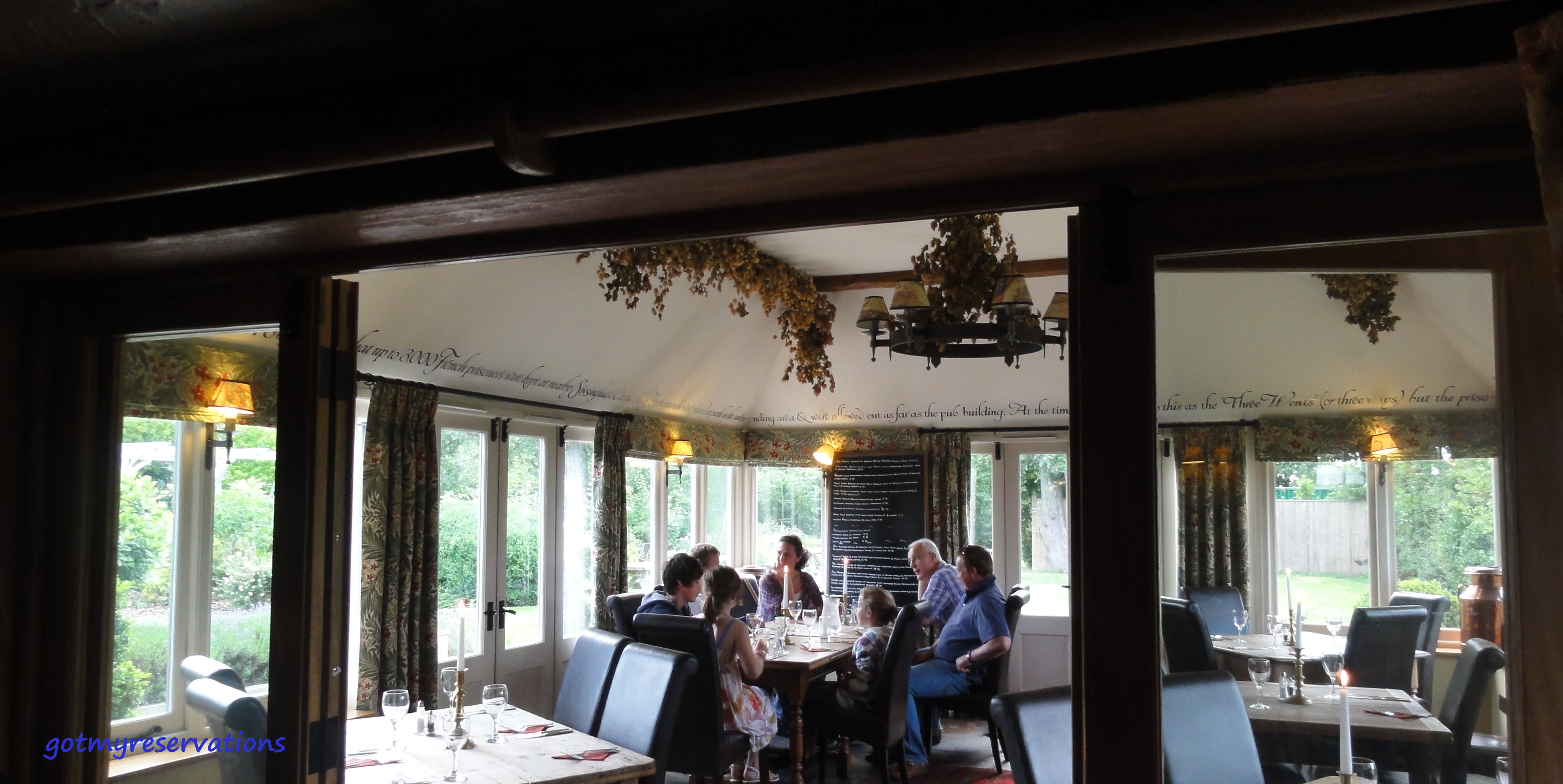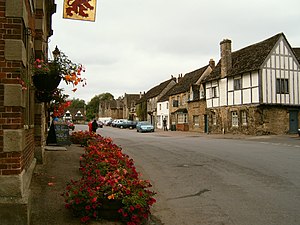Wolf Hall came heavily recommended — it won the Man Booker Prize, and all that.

Image Credit
Hilary Mantel’s 672 page first installment of her Thomas Cromwell trilogy met every expectation. Once I sat down to finish it, I could barely put it down. I spent most of a full day devouring the last 400 pages. It’s not an easy read, but it’s a good one.
Does the name Thomas Cromwell ring a bell?
Not Oliver Cromwell, who was a distant relation and was also important to English history. Thomas Cromwell rose from impoverished beginnings to a post working for Thomas Cardinal Wolsey, Henry VIII’s chief minister. When Wolsey was unable to secure a dispensation from the Pope so that Henry could divorce Katherine of Aragon and marry Anne Boleyn, Thomas Cromwell deftly insinuated himself into Anne’s favor and became Henry VIII’s favorite minister. This resulted in a rapid rise to power and riches, which lasted until his execution in 1540 over the poor choice of Anne of Cleves for Henry’s fourth wife.
Wolf Hall tells the story of Cromwell’s rise to power along with Anne Boleyn and her family. It’s a triumphant book, in which we can’t help but cheer for the success of Thomas Cromwell and his family. Hilary Mantel has created a new paradigm for Cromwell in this lovingly crafted piece of historical fiction.
We already know the story, but what makes Wolf Hall exceptional is its attention to detail.
The book is full of characters, and if you aren’t already familiar with Henry VIII’s court, you will be by the time you’re done — be prepared to read with your Wikipedia open :).
For example, Mantel vividly describes Thomas Cromwell’s relationship with Hans Holbein, who painted at Henry’s court. This painting shows the turquoise ring that Mantel tells us was given to Cromwell from Wolsey — it’s the little things about this book that give us a human picture of a statesman who was also a man.
In this interesting article from The Telegraph, Hilary Mantel talks about how she decided to write a trilogy about this time period.
I was kind of surprised how the book ended and since I already knew there was a sequel, I felt that the book came to a sudden stop.
When she completed Wolf Hall, she realized she had too much material to just put it into her planned two books. Between Wolf Hall and The Mirror and the Light, which will be about Cromwell’s final downfall, Mantel added Bring Up the Bodies, which covers the year prior to Anne Boleyn’s execution.
“When I came to write about the destruction of Anne Boleyn (a destruction which took place, essentially, over a period of three weeks) the process of writing and the writing itself took on an alarming intensity, and by the time Anne was dead I felt I had passed through a moral ordeal,” the author told the newspaper.
“I can only guess that the effect on the reader will be the same; the events are so brutal that you don’t want to take a breath and turn the page, you want to close the book.”
The beauty of Wolf Hall — and why we as readers care about the essentially despicable Thomas Cromwell — is Mantel’s genius at drawing us into Cromwell’s mind. Her plot structure allows us to trust Cromwell’s plan and we believe that he will be successful.
It’s all very well planning what you will do in six months, what you will do in a year, but it’s no good at all if you don’t have a plan for tomorrow.
I can’t wait to read the next installment; I’ve already got it on hold at the library! I hope I don’t have to wait six months.





























 The bookends of my day are a strong jolt of joe in the morning and slow sips of liquid terroir in the evening. What’s not to love?
The bookends of my day are a strong jolt of joe in the morning and slow sips of liquid terroir in the evening. What’s not to love?






